Columns

【Artist Interview Vol.2】Ai Kawano
Kinan Art Week Artist Interview
We are pleased to present the series “Artist Interview Vol. 2” that introduces the exhibiting artists of Kinan Art Week. The second is a dialogue with a local artist, Ai Kono.
<Guest>
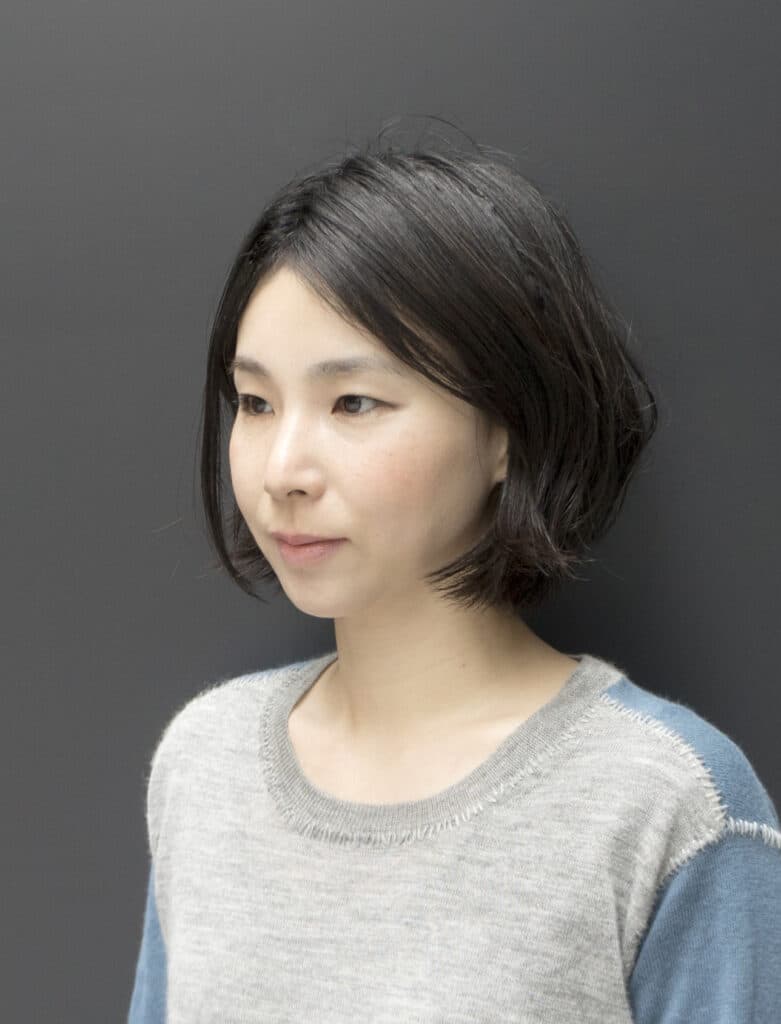
Fine artist
Ai Kawano
Born in 1980 in Otsu City, Shiga Prefecture. Graduated from Kyoto City University of Arts with a degree in Graduate School of Arts, and worked as an art director in an advertising agency for 10 years from 2007. She is currently a full-time lecturer at the Kyoto University of Art and Design, Department of Fine and Applied Arts, Textiles Course. Her recent exhibitions include “The Museum of Modern Art, Shiga Renewal Memorial Exhibition Soft Territory”: Kakawarinoawai” (Shiga Prefectural Museum of Art, 2021) and “Story teller: Monogatari wo tsumugu (Weaving a story)” (Akibatamabi 21, 2019).
Interviewer
Yuto Yabumoto,
Kinan Art Week Executive Committee Chair
Table of Contents
1. Image of the Kinan region
2. Concept of the exhibition
3. The challenges of production
4. Expectations for the Kinan region
1. Image of the Kinan region
Yabumoto:
Thank you for taking the time to visit us today.
For this Kinan Art Week, we have asked Ms. Kono to exhibit her work in Shirahama town. Today we would like to talk to you in detail about the concept of the exhibition and the future of the Kinan region.
First of all, what is your image of the Kinan region, and Shirahama town in particular?
Ms. Kawano:
Putting it simply , Shirahama is a strong and generous town. It is a historical place, but it is also a carefree place. For a long time, Shirahama has been a place where locals and outsiders have mixed, and this has created a unique and generous culture. In this sense, Shirahama may be a place where you can have a “free feeling” as if you were going to a southern country.
My grandparents live in Shirahama and I have often visited them since I was 0 years old. Since I was a child, I have been particularly impressed by the intensity of the natural light in Shirahama. When I opened my curtains in the morning, the sunlight shone through them with a powerful radiance, very different from where I grew up. My grandparents’ house also had a view of the sea, which was one of the things I looked forward to when I was a child starting the day. I think the charm of Shirahama is that you can feel the sunshine and the sea close to you.
2. Concept of the exhibition
Yabumoto:
Please introduce us to the concept of this exhibition.
Ms Kawano:
This exhibition will feature a reconfiguration of a work presented in 2018*. The installation I made at the time*1 was inspired by the hotel my grandparents built in Kogaura, Shirahama town, and the cove in front of the hotel. The cove is a boundary between the inside and the outside, yet it has a very peaceful environment.
*1 A work of art in which the entirety, including the exhibition space, is a work of art that the viewer can experience by being there.
Work Encyclopaedia: What is an installation?

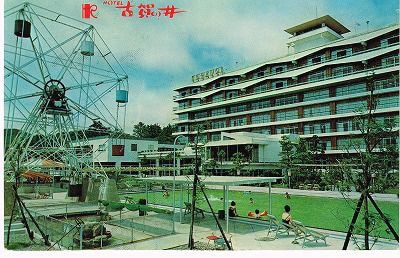
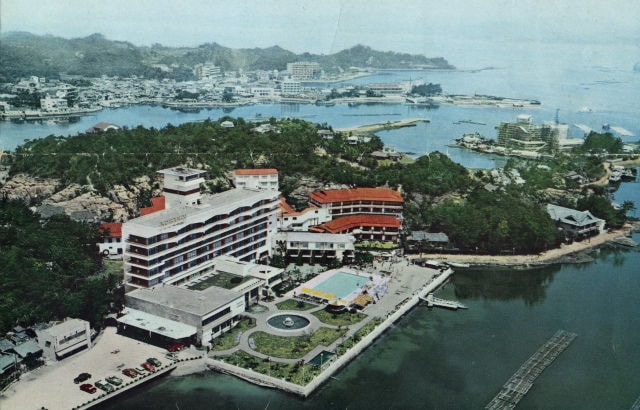
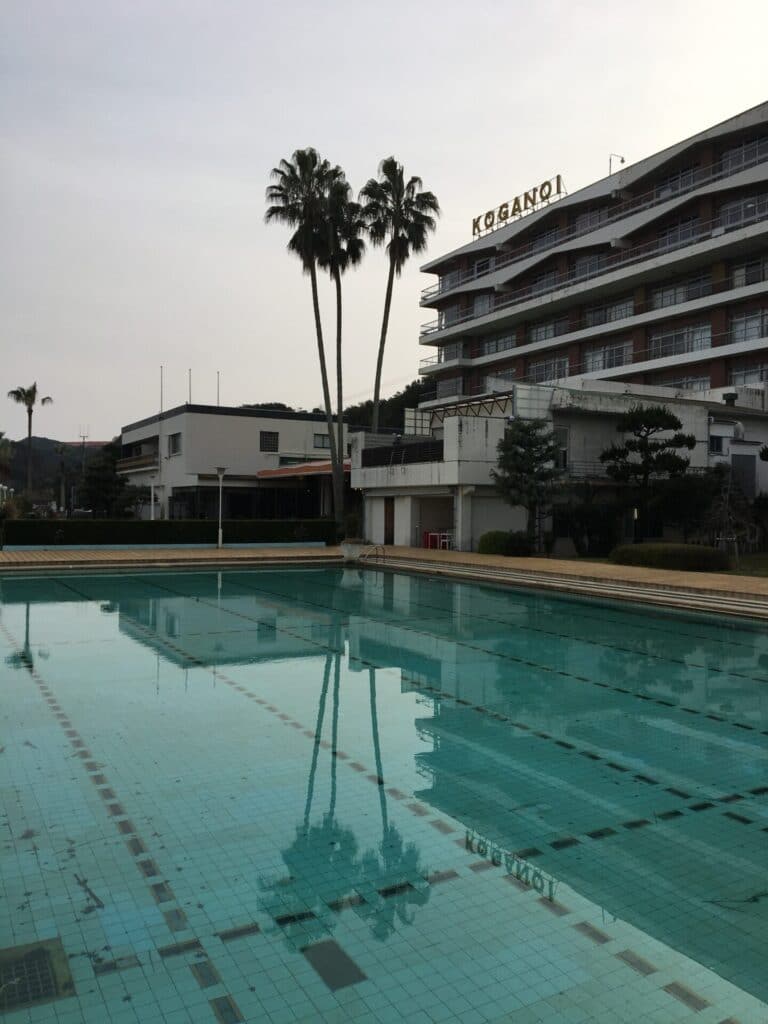
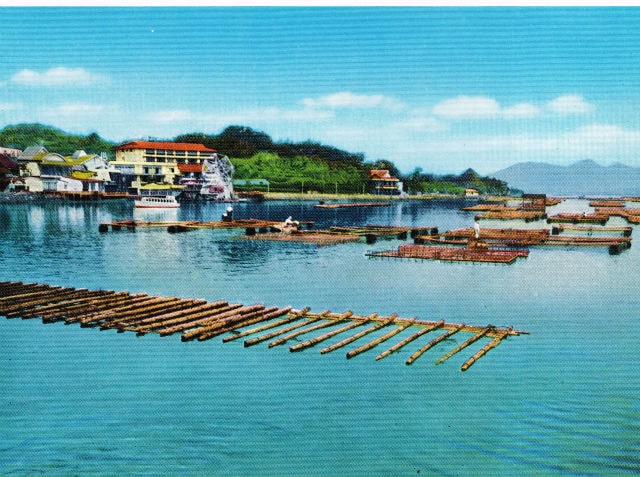
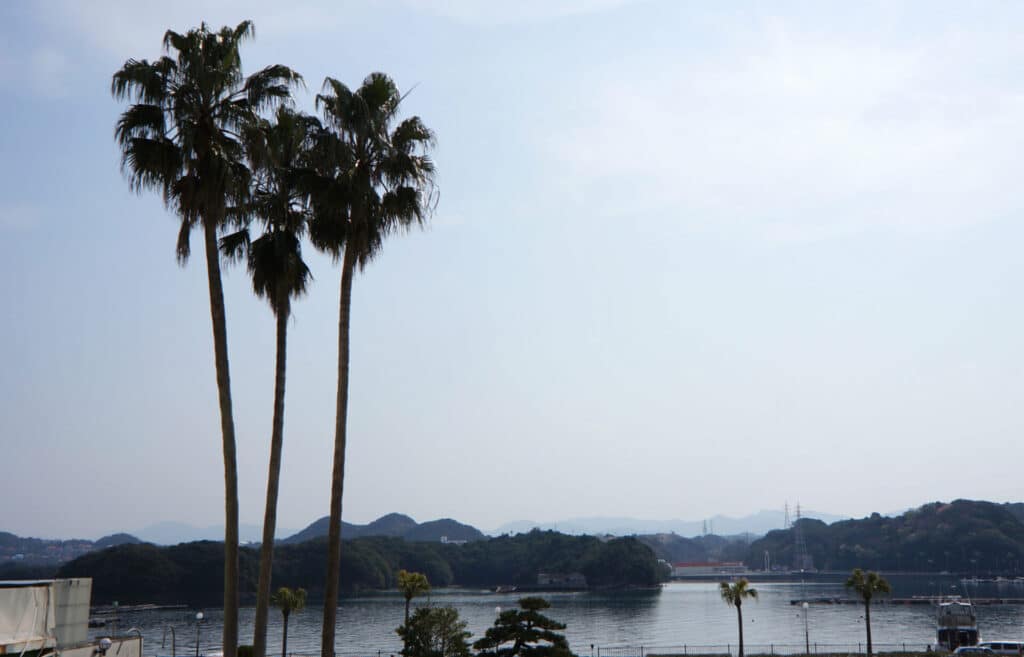
Ms Kawano:
The hotel that my grandparents built is now closed, but it was also their home, a “private space” that was full of my childhood memories. At the same time, because of its location as a hotel, it was also a “public space” where people from outside would stay for a certain period of time and come and go. This intersection of private and public space is the very structure of the Kinan Art Week’s theme, “inside and outside”, and I think of it as a place like an inlet. The words on the website, “Here, but also connected to somewhere else*”, also express the essence of this work.
*Reference KINAN ART WEEK 2021
The neon tubes I will be using for this installation are lemon coloured. These neon tubes are part of the neon signage that was removed from the roof of the hotel for the first time in decades, before the hotel closed. One of these original neon tubes and five re-made ones will be installed in various parts of Shirahama, including Kogaura, Rinkai, the pier and Shirarahama beach.
Ms Kawano:
The neon tube is also in the shape of the letter “I”. The neon tube reminds us of the lighthouse as a signpost of the sea, the gravestone and the English letter “I” meaning “I” (私). I hope to leave the viewer with the feeling of people’s memories intermingling and the image of a new story continuing in Shirahama.
3. The challenges of production
Yabumoto:
Are there any challenges or difficulties you face when creating your work?
Ms Kawano:
At the moment, I am concerned about the feasibility of the installation location. Unlike exhibitions in galleries and museums, this one will be outdoors in nature, which makes me very nervous. I’m really looking forward to seeing how a small neon tube will stand against the background of the people and the sea of Shirahama.
Yabumoto:
We are really looking forward to seeing the reactions of the people who see Ms. Kawano’s work, especially the local people.
4. Expectations for the Kinan region
Yabumoto:
Finally, if you have any expectations for the Kinan region, please tell us .
Ms Kawano:
I heard that my grandparents’ hotel, which I used as a motif for my work, used to invite young painters from the cities and provide them with a working environment when it was founded in the early Showa period. This was what is now known as an ‘Artist In Residence’*. The fact that many of these young artists’ works are still on display in the hotel today suggests that the Kinan region has long been a place where people have come together through art.
*2 Artists stay in a certain place for a certain period of time to create artworks or conduct research in a different cultural environment from the usual one. Or a project that supports the artist’s stay and production.
Mio Nakajima, “Artist In Residence” Bijutsu Techo
It’s interesting to see how people from different regions have been mixing for a long time, and I hope that through art, they will be mixed more than ever before. And I hope that Kinan Art Week, which Mr. Yabumoto has set up this time, will continue for a long time to come.
Yabumoto:
Thank you very much. I’ll do my best!
Thank you very much for taking the time to visit us today.
Ms Kawano:
Thank you very much.
